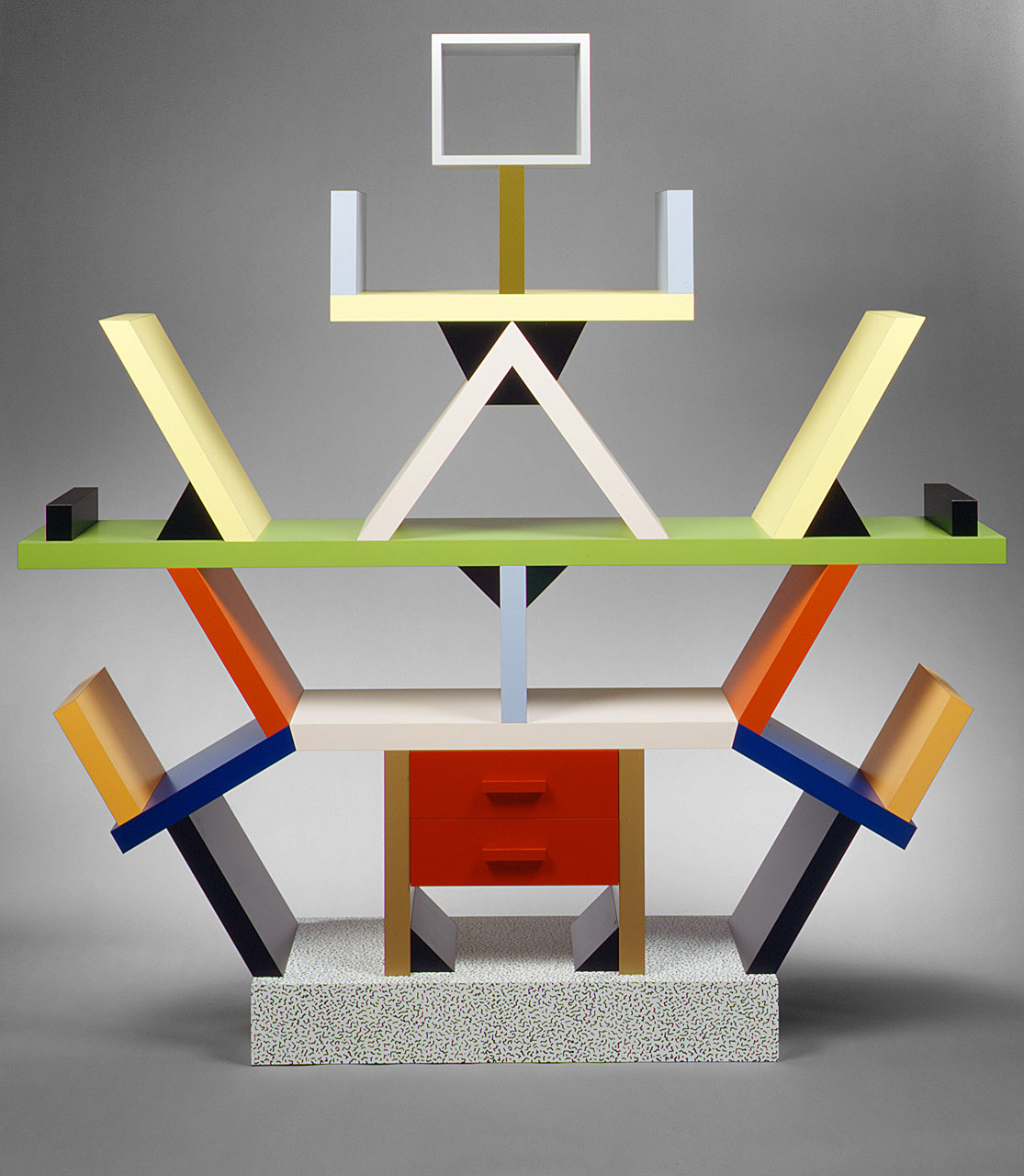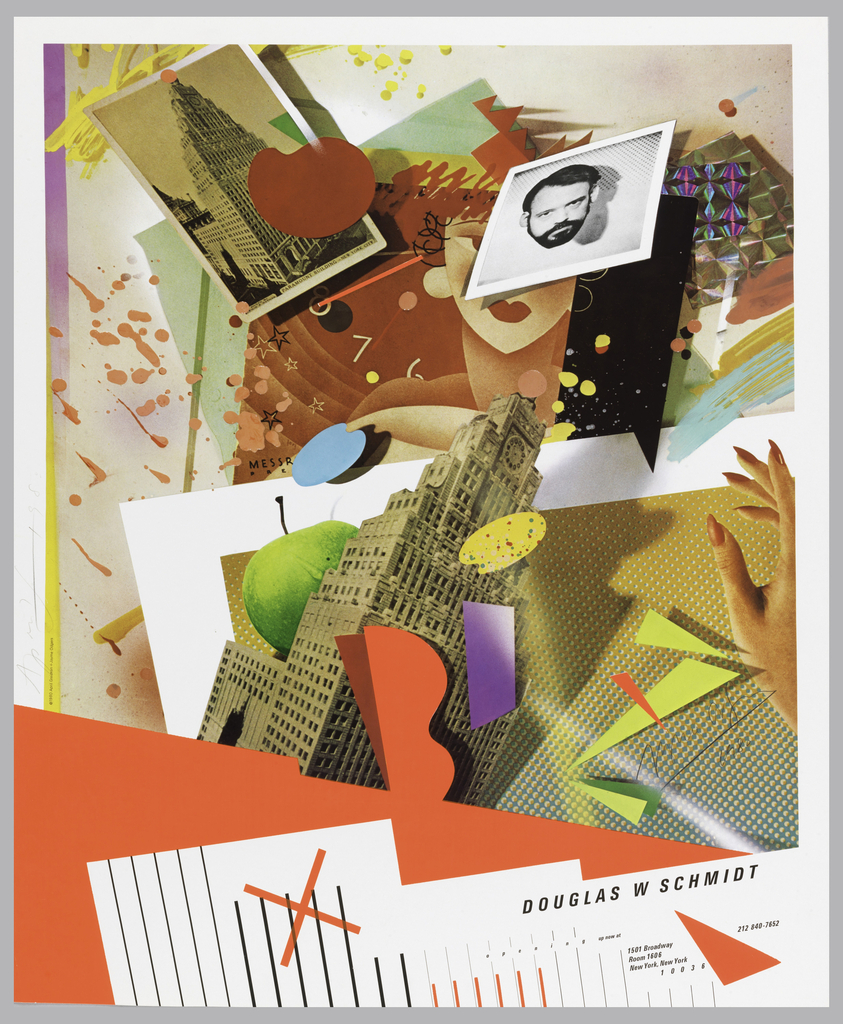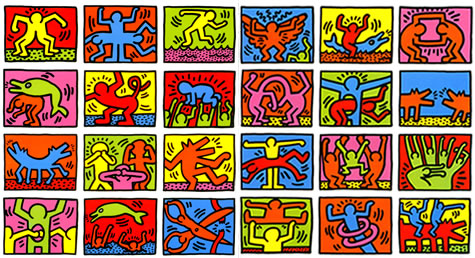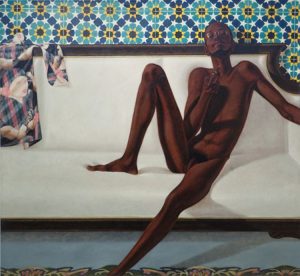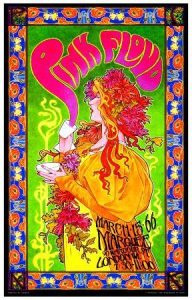In May 1968, in a response to “..the increasing levels of unemployment and poverty..” (Sinclair, M. 2008). 1 students and staff came together to create the the Atelier Populaire, an association which “..went on to produce hundreds of silkscreen posters..” (Sinclair, M. 2008). 2 The poster I have chosen is a simple image of “Popular Power”3. This simple imagery is very powerful in its communication as it clearly suggests a revolution, or a demand for change depicted by rolling as a ball towards the political parties in a head on collision. The use of one bold colour further communicates this demand as it makes the viewer read only that message and see only that image. Although printed in 1968 this still resonates within the current political climate of our country.

My next image is a poster from the Occupy Wall Street Movement by Alexandra Clotfelter, titled ‘The Beginning is Near’4. It depicts a dynamic image, packing “a visual punch” (Watercutter, A. 2011) 5 of a struggling bull, representing Wall Street and its greed and excess, being held back by tied rope around its body and horns. The movement highlighted economic inequality worldwide and the rope pulling the bull back represents the retribution from the people that the bankers are receiving for their greed. The fact that the bull is pulling away suggests an unwillingness from Wall Street to do anything and the ropes represent the force and power of the demands from the movement for change.
Finally, I have chosen the cover to Adbusters 100th publication, ‘Are We Happy Yet?’6. It portrays a massive, classic American burger but stacked high with 10 meat patties. Links can easily be drawn to consumerist culture, greed, wealth and the idea that what we have is not enough, not being happy with what we have and always wanting more. The composition of the cover consists of solely the burger and this one image, along with the tag line, is effective in communicating everything the reader needs to know but also for the reader to draw their own conclusions, but still based on what the magazine wants to communicate.

2ibid.


